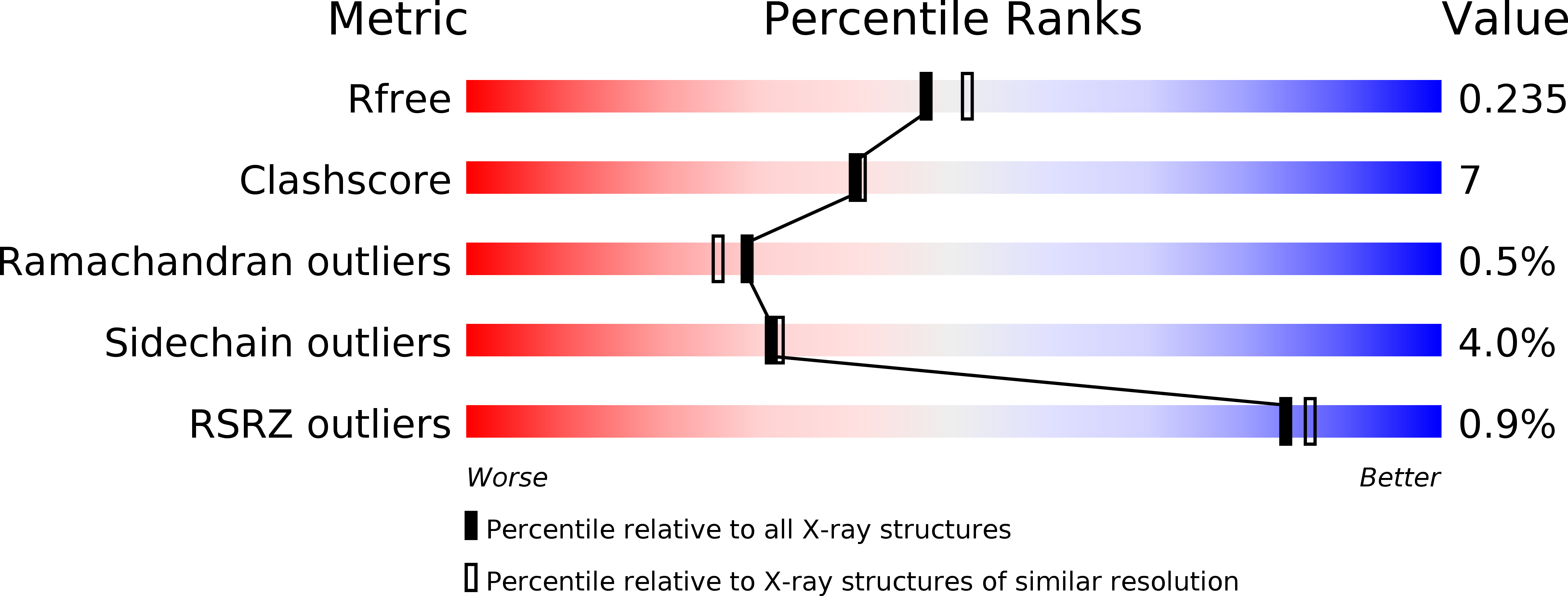
Deposition Date
2011-06-06
Release Date
2011-08-10
Last Version Date
2023-09-13
Entry Detail
PDB ID:
3SBP
Keywords:
Title:
Pseudomonas stutzeri nitrous oxide reductase, P1 crystal form
Biological Source:
Source Organism:
Pseudomonas stutzeri (Taxon ID: 316)
Method Details:
Experimental Method:
Resolution:
2.10 Å
R-Value Free:
0.23
R-Value Work:
0.17
R-Value Observed:
0.18
Space Group:
P 1


